Budding succulents under lights
ewwmayo
8 years ago
last modified: 8 years ago
Featured Answer
Sort by:Oldest
Comments (54)
ewwmayo
8 years agolast modified: 8 years agorina_Ontario,Canada 5a
8 years agoRelated Discussions
Moving succulents indoor and under lighting
Comments (1)Aloe brevifolia is cold and wet tolerant . Cold to 20. It gets to 25 where it is from. So If it were mine, I would leave it outside till during the light frosts. And maybe throw a towel over it . That way it will get some good light. Do yo have a southern eve where it will get some sunshine and have some thermal warmth and protection from some of your rains. I have a killer southern porch that the low sun warms the rocks and the thick cement pillars give warmth also. Where you are and where I am experience Z8 totally differently. I am 2 months from a frost most likely and even then it warms up a lot in the day and we don't get the forever gray deal. I should shut my moth. Teatree and others are coastal PNWers and are much better with answering this. A lot of the haworthias are shade lovers so they should take your indoors well. You might want to check your cold hardiness of your lit hops. I don't grow them , but I think I remember being surprised at their cold hardiness. It is the water issue that needs to be watched over. Again, I DON"T GROW THEM. Here is a link that might be useful: Brian Kembles Aloe hardiness list...See MoreSucculents under LED 4000k (2000 lumens)?
Comments (4)Hi aruzinsky. The specs says draws 20Watt, it is only the size of a 40w T12 or 36Watt T8 I quess the leds will be around 18 watt (90% efficiency for the convertor) so around 2000/18 110lumen/watt a pretty common value for led tubes, but indeed the general info is not clear. But as always what will the poster? supplemetary or main light ? for his kind of (high light) plants I think it will be difficult to get enough light with only those tube lights as main light...See MoreGrow light
Comments (28)I use these. Cheap efficient and you can clip them anywhere. They are CFL bulbs 100 watt Daylight you can get on Amazon or at Home Depot or Lowe's which do put out heat. Since many succulents like warm and bright, I like these. https://www.homedepot.com/p/Philips-100W-Equivalent-Daylight-5000K-T2-Twister-CFL-Light-Bulb-414078/203349671?cm_mmc=Shopping|THD|google|&mid=siCqjagOR|dc_mtid_89037lm25188_pcrid_227841299674_pkw__pmt__product_203349671_slid_ At Lowes they are 18.99 for a pack of 4. The clip lamps are 6 bucks. You can also use LED bulbs 100 watt Daylight which costs the same but do not put out heat. https://www.amazon.com/Philips-Non-Dimmable-Frosted-Light-Bulb/dp/B00YEMKJE2/ref=sr_1_1_sspa/136-7860162-1904909?ie=UTF8&qid=1519580976&sr=8-1-spons&keywords=100+watt+led+daylight+bulb&psc=1 Or And I use these very strong ones that give off daylight but very thin and light as a feather. https://www.amazon.com/gp/product/B01N48PJIF/ref=oh_aui_detailpage_o00_s00?ie=UTF8&psc=1 Mike...See MoreLight for succulents?
Comments (17)Interesting. Kevin and I have recently discussed a change I will be making this fall. He is my "go to" expert, as is demonstrated in the article link posted earlier. Currently, I winter some plants under T5HO 54W 6500K lights. I have four fixtures, each with six 4' tubes (24 tubes total). I trust you can see why my electric bill doubles from November to May! I am replacing these with 25W 5000K LED tubes. They are about $6.00+ USD/tube. While they are not what I was using for wave form, they are close enough. Life has its trade offs. This should reduce my electric costs significantly and with some adjustments of light distance, should work reasonably well. Keep in mind when purchasing replacement LED's, if your light fixture has a ballast, you must buy LED's that will work accordingly....See Moreewwmayo
8 years agorina_Ontario,Canada 5a
8 years agoTheSucculentCity
8 years agorina_Ontario,Canada 5a
8 years agobikerdoc5968 Z6 SE MI
8 years agoPagan
8 years agosuivezmoi
8 years agoewwmayo
8 years agoPagan
8 years agoewwmayo
8 years agoDesmond Tan
7 years agoewwmayo
7 years agoDesmond Tan
7 years agoewwmayo
7 years agoDesmond Tan
7 years agoewwmayo
7 years agoDesmond Tan
7 years agoewwmayo
7 years agoDesmond Tan
7 years agoewwmayo
7 years agoewwmayo
7 years agoewwmayo
7 years agolast modified: 7 years agoewwmayo
7 years agorina_Ontario,Canada 5a
7 years agolast modified: 7 years agoammar nadeem
6 years agoewwmayo
6 years agorina_Ontario,Canada 5a
6 years agoSpanishFly - (Mediterranean)
6 years agoewwmayo
6 years agolast modified: 6 years agoSpanishFly - (Mediterranean)
6 years agolast modified: 6 years agojaittasa
6 years agoewwmayo
6 years agoSpanishFly - (Mediterranean)
6 years agolast modified: 6 years agoewwmayo
6 years agoPagan
6 years agoewwmayo
6 years agoJeff (5b)
6 years agoBc _zone10b
5 years agolast modified: 5 years agoewwmayo
5 years agoBc _zone10b
5 years agolast modified: 5 years agoewwmayo
5 years agolast modified: 5 years ago
Related Stories
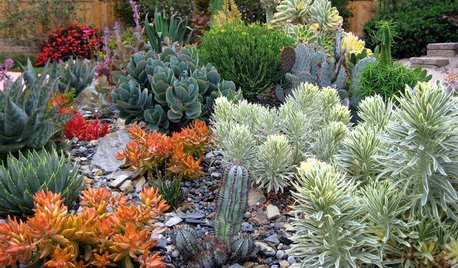
GARDENING GUIDESA Beginner’s Guide to Growing Succulents
Their easy-care reputation is well-deserved, but a little TLC will turn succulents into star plants
Full Story
CONTAINER GARDENS3 Steps to Creating Quick, Easy and Colorful Succulent Containers
Take a bright container, add a colorful succulent or two and have a professional, summery design in minutes
Full Story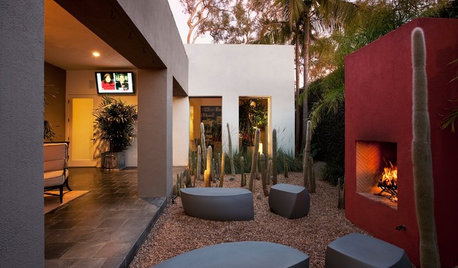
GARDENING GUIDES10 Creative Ideas for Cactus and Succulent Gardens
Arrange cactuses and succulents amid salvaged treasures, against a vibrant painted wall or in terraced beds
Full Story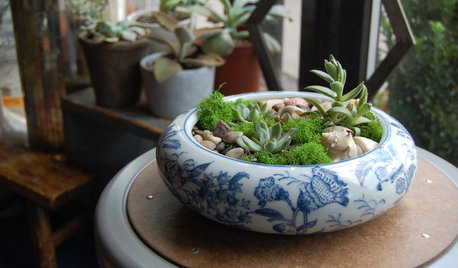
DIY PROJECTSQuick DIY Project: 3 Ways to Show Off Your Succulents
Create a simple yet lush vignette with a few plants and some everyday items
Full Story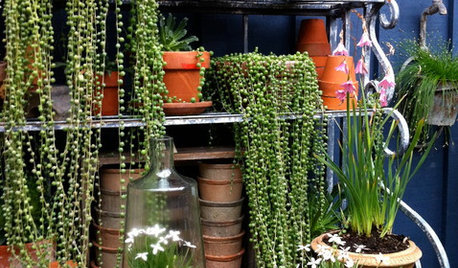
HOUSEPLANTSCascading Succulents Bring Fun Shapes to Your Indoor Garden
For eye-catching spillers with delicate beauty and minimal needs, it's hard to beat these 2 trailing houseplants
Full Story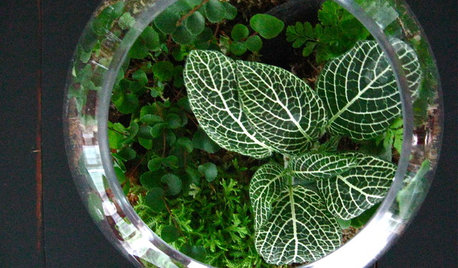
HOUSEPLANTSGardens Under Glass: How to Make Your Own Terrarium
Be the master of a mini ecosystem indoors — the low-maintenance, highly rewarding kind that fits any room
Full Story
50 Great Gifts Under $50
Our favorite budget-minded holiday gifts for the design lovers on your list
Full Story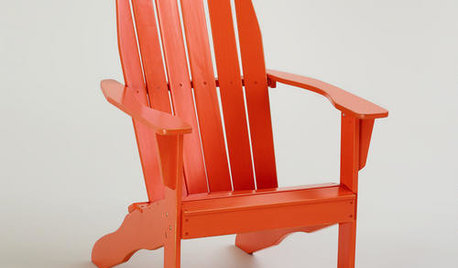
PRODUCT PICKSGuest Picks: 20 Fab Outdoor Finds, Almost All Under $100
Sprinkle these budget-friendly furniture, decor and tableware pieces around a porch or patio for an easy warm-weather update
Full Story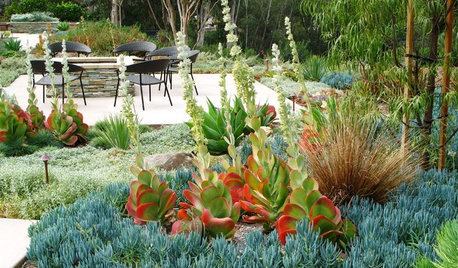
GARDENING GUIDESGreat Design Plant: Paddle Plant
If you're looking for awesomely strange foliage and low care requirements, this succulent is right up your alley
Full Story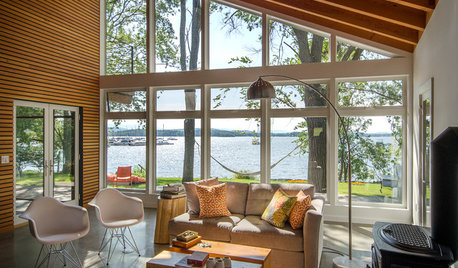
HOUZZ TOURSHouzz Tour: Flexing New Design Muscles on a Vermont Lake
A budding architect gets to build the home of her choice in an idyllic setting — and live there too
Full Story


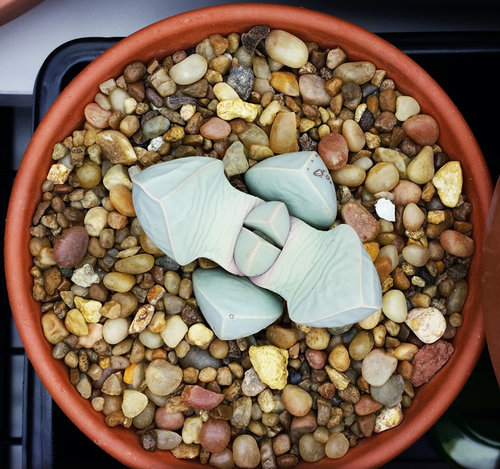
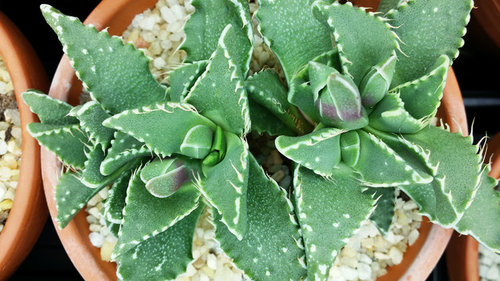



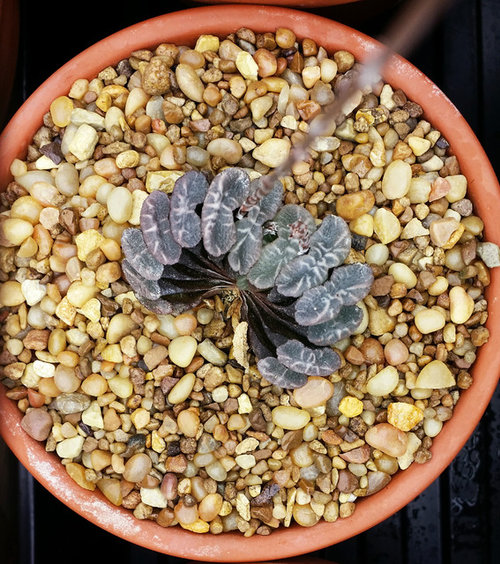


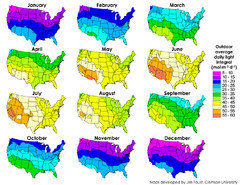

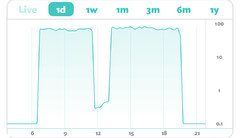
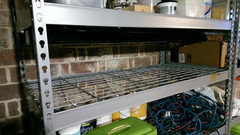
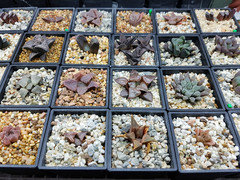
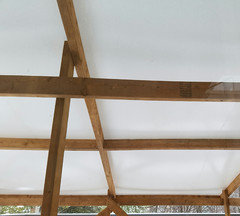
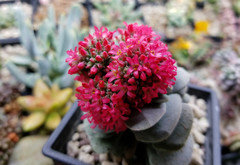
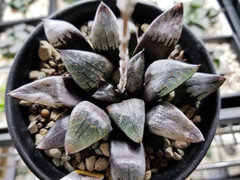
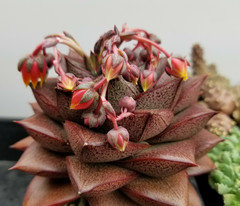
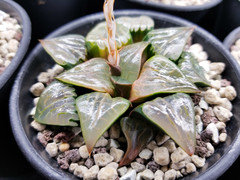
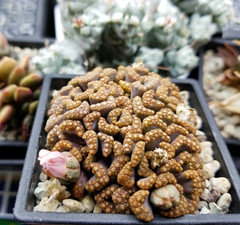

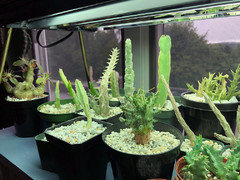
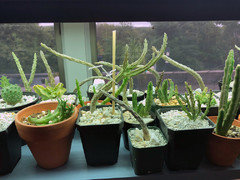
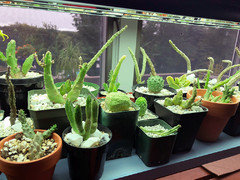
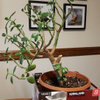
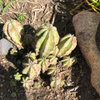
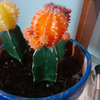
xerophyte NYC